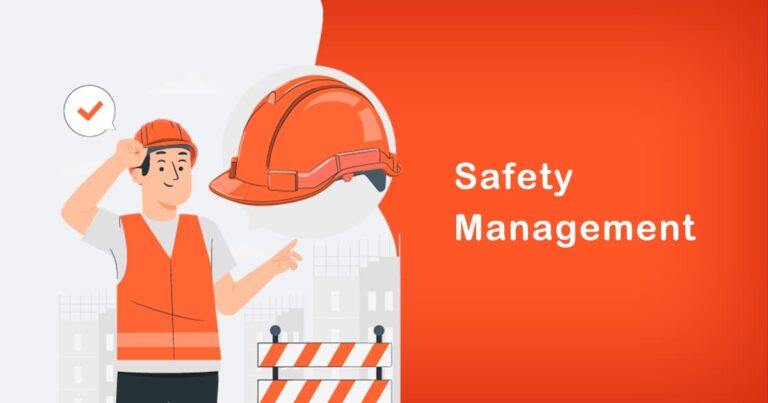Introduction
In the highly competitive world of cement manufacturing, operational efficiency and asset management play a crucial role in ensuring a smooth production process and minimizing downtime. Being able to swiftly respond to unexpected breakdowns and efficiently manage maintenance activities can turn an ordinary cement factory into a superhero of improvisation. To achieve this status, it is essential to focus on four key performance indicators (KPIs) – Mean Time to Attend (MTTA), Mean Time to Repair (MTTR), Mean Time Between Failures (MTBF), and Mean Time to Failure (MTTF). In this article, we will explore the significance of these KPIs and provide examples of industry-specific assets and their maintenance activities.
1) Mean Time to Attend (MTTA)
MTTA is a crucial KPI that measures the average time taken for maintenance personnel to respond to a reported issue or breakdown. In a cement factory, various assets, such as kilns, mills, and crushers, are critical to the production process. For instance, if a kiln malfunctions due to a mechanical failure, the MTTA indicates how quickly the maintenance team can attend to the problem.
Example: Let’s say a kiln bearing fails, leading to a sudden stoppage of the kiln. The maintenance team receives an alert and immediately starts working on the issue. The MTTA is calculated as the total time taken from the moment the alert was raised to when the maintenance team arrives on-site to begin the repairs. Minimizing MTTA ensures swift action, preventing prolonged production interruptions.
2) Mean Time to Repair (MTTR)
MTTR is another vital KPI that measures the average time required to repair a failed asset and restore it to operational status. In a cement factory, a shorter MTTR directly impacts the overall productivity and efficiency of the production process.
Example: Consider a scenario where a conveyor belt used to transport raw materials experiences a breakdown due to a faulty motor. The MTTR, in this case, would be the time taken from the identification of the problem to the completion of repairs and the resumption of conveyor operation. Efficiently managing MTTR ensures minimal downtime and helps meet production targets.
3) Mean Time Between Failures (MTBF)
MTBF is a critical reliability metric that calculates the average time between consecutive failures of an asset. A higher MTBF indicates improved asset reliability and performance, leading to increased productivity and reduced maintenance costs.
Example: In a cement factory, the MTBF of a ball mill represents the average operating time between two consecutive failures. If the MTBF is consistently low, it signifies frequent breakdowns, leading to substantial production losses. Improving MTBF involves proactive maintenance practices, such as condition monitoring and preventive maintenance.
4) Mean Time to Failure (MTTF)
MTTF focuses on the expected lifespan of an asset or component before it requires replacement or major repair. Cement factories deal with various critical equipment, such as gearboxes, motors, and clinker coolers, whose reliable performance is essential for continuous operations.
Example: For a clinker cooler, the MTTF represents the estimated average time before a failure occurs, necessitating a significant maintenance activity or replacement. Increasing MTTF involves using high-quality components, conducting regular inspections, and adhering to manufacturer recommendations for equipment maintenance.
Conclusion
In the competitive landscape of cement manufacturing, becoming a superhero of improvisation requires a strategic focus on key performance indicators. By prioritizing Mean Time to Attend (MTTA), Mean Time to Repair (MTTR), Mean Time Between Failures (MTBF), and Mean Time to Failure (MTTF), cement factories can optimize asset management and enhance operational efficiency. Swift response times, reduced downtime, and improved reliability are essential to meeting production targets and gaining a competitive advantage in the industry.
Remember, every minute counts in cement production, and by mastering these KPIs, cement factories can emerge as industry leaders, boosting their reputation and profitability while ensuring sustainable growth in the long run.








